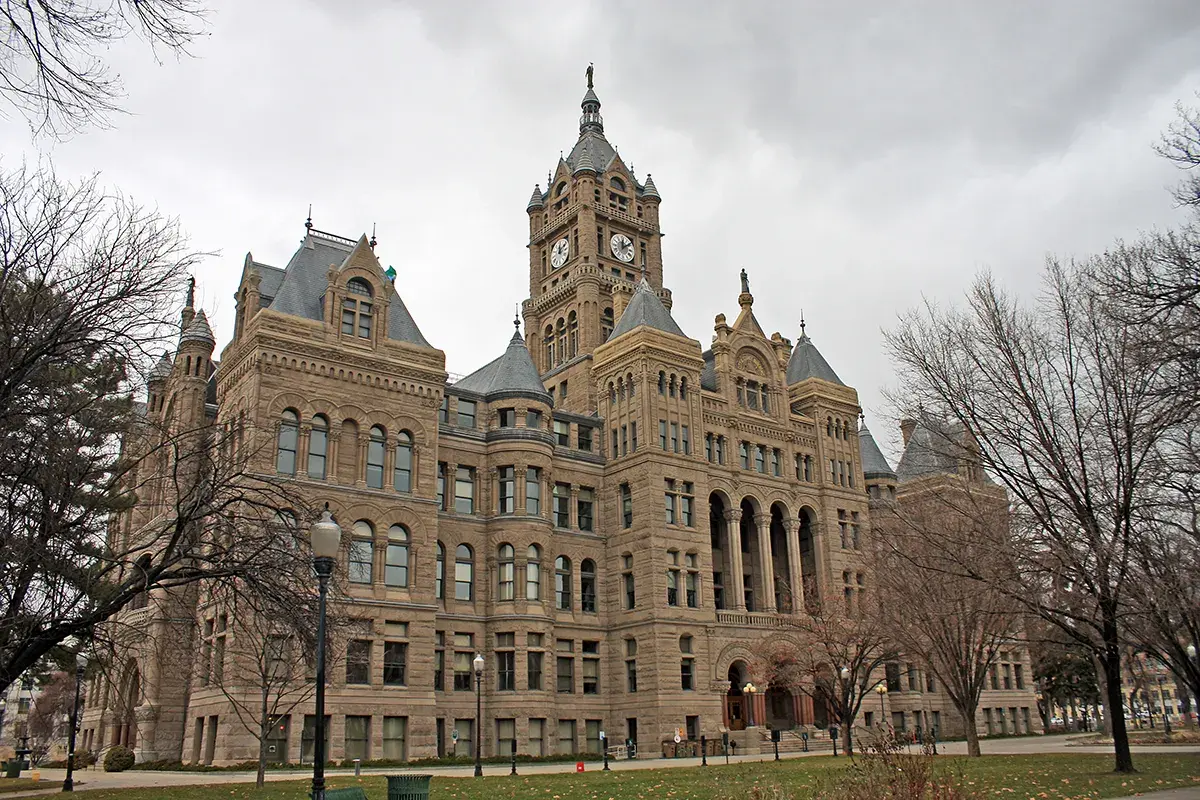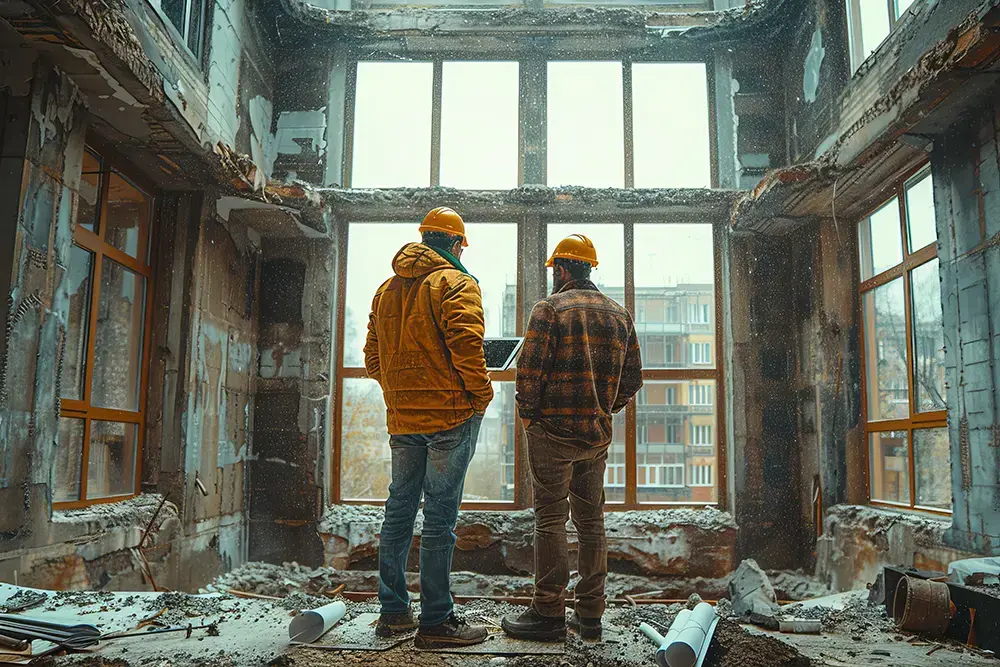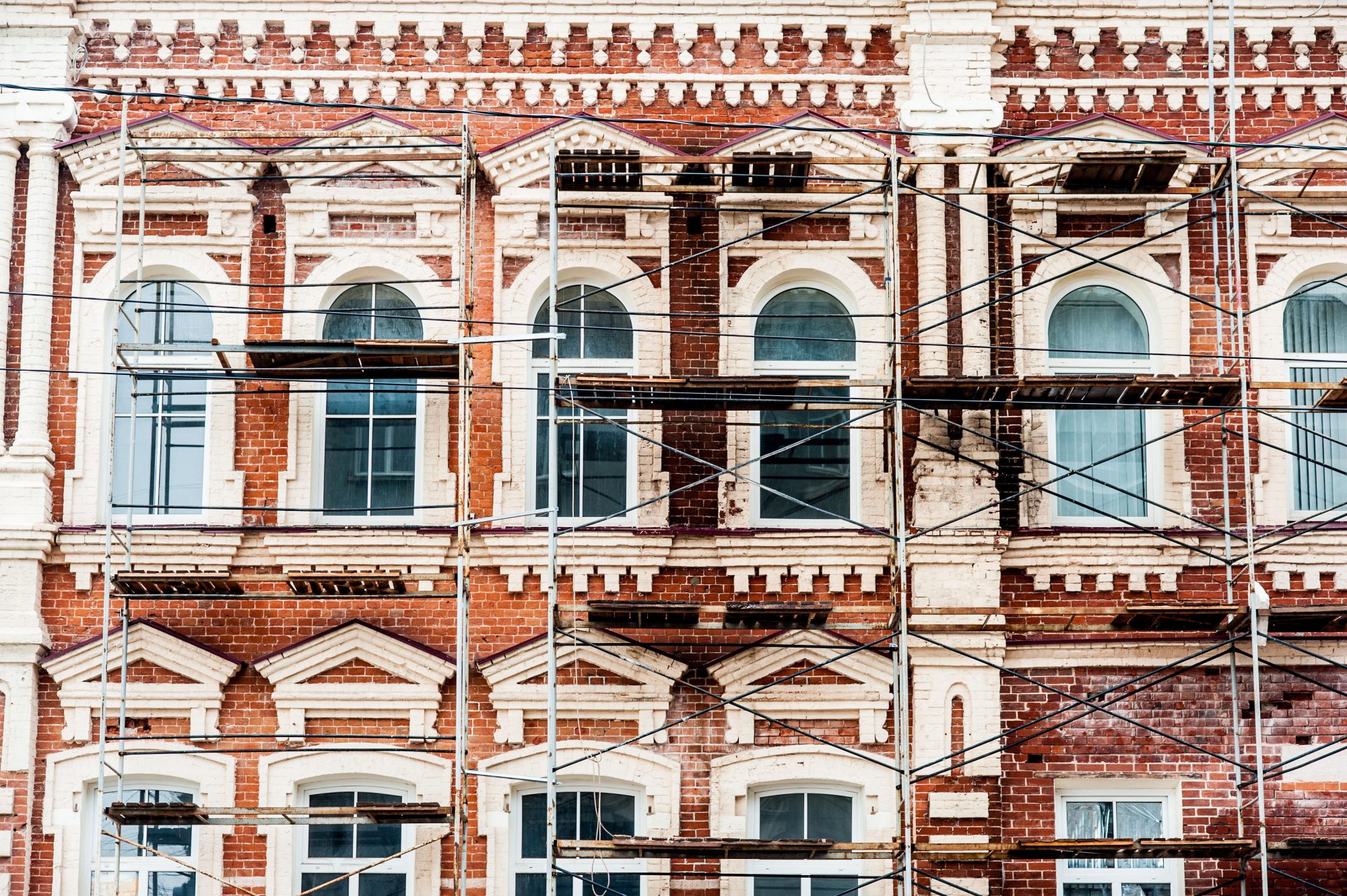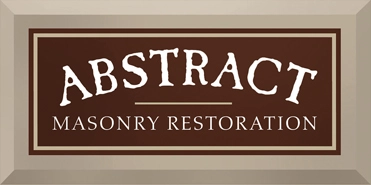If you’ve ever made a mud pie and let it bake on the sidewalk, you already know quite a bit about historic masonry.
Today, the term “brick” can be used to describe any type of building block. Whether it’s made from clay or cement, bricks provide durable building materials for residential and commercial structures.
How it Started
Brickwork is the process of laying brick in a pattern, and building restoration is an important part of preserving the craftsmanship of masons around the world. We can learn a lot about others by observing what they’ve left behind.
Who Made the First Brick?
If you can believe it, the first bricks were probably made much like the ones kids today make from mud puddles.
Turkey
The earliest discovery of man-made bricks dates back to 7000 BC. Found in Turkey, the bricks were made of mud and were dried naturally by the sun. Ancient Egyptians were also known to make sun-dried bricks out of clay and straw.
China
In Asia, bricks can be dated back to 4400 BC. Located in the area of Chengtoushan, China, the bricks were found to be made of red clay and baked at over 1100 degrees Fahrenheit. The bricks were used as indoor flooring, and are one of the earliest examples of fired bricks.
It’s believed that the switch from solely sun-drying bricks to doing so in an oven or kiln began around 3500 BC.
Europe
Europeans are known to have used brickwork for construction in the 11th and 12th centuries. Beginning in Rome, it spread throughout Europe to other countries, including France, Germany, and England. During England’s industrial era, which began in the 1760s, brick was manufactured bright red, making it preferable to the use of stone. Redbrick buildings were more visible in the fog, making it easier for travelers on the roads to see them in inclement weather and avoid collisions.
North America
In the Americas, Native Americans in warm climates (primarily the Southwest) made adobe homes with clay, mud, and straw. Once these materials were combined and rolled into a loaf-like shape, they were sun-dried and used for building. Instead of filling gaps with mortar, the Native Americans used more mud. Adobe is a Spanish word that is translated to mean mudbrick. The method of the Native Americans probably closely resembled those of the Turkish people in 7000 BC.
In the United States, it is believed that molded, fired bricks, as we know them today, were first used in the 1600s by English colonists.
How it’s Going
Today, the materials and methods for making bricks are similar to those used in the past. We’ve simply fine-tuned the process and streamlined it with machinery.
Types of Brick
Depending on the raw materials used and the process by which a brick is formed and dried, bricks range in quality from First Class to Fourth Class. Through the ages, brick has been made as follows:
- Sun-Dried Brick – Also known as mudbricks or unfired brick, these are the earliest forms of bricks. The sun-dried mud and clay don’t withstand exposure to water, so they aren’t used for permanent structures today. This brick would have been shaped by hand at first until the invention of a wooden mold.
- Fired Brick – Comprised of sand, clay, lime, iron oxide, and magnesia, this type of brick is one of the longest-lasting. The Romans created mobile kilns that could be moved to worksites so they could use these durable bricks for building a variety of structures.
- Molded Brick – Wooden molds were used in initial brickmaking but evolved to steel molds with hydraulic presses to shape the raw clay. Molded bricks can be baked up to 1832 degrees F.
- Concrete Brick – Made of cement, sand, aggregates, and water, concrete brick can be colored to complement your design aesthetic. It can also withstand heat, block noise, and stand up to moisture.
- Engineering Brick – This is a high-density brick suited for work underground use (basements, sewers) because it can resist moisture well.
- Fly Ash Brick – Similar to concrete bricks, these are durable, water and frost resistant, and smooth.
- Dry-Pressed Brick – The raw material used for this brick is thicker, allowing for sharper edges when pressed and shaped.
- Extruded Brick – Instead of putting clay into individual molds, extruded bricks are formed into a cable which is then cut to size en masse with wires.
Bricks are sized for easy handling. A bricklayer needs to be able to pick up a brick in one hand so the other hand can use a trowel to apply mortar. Additionally, their size allows for maximum stability when bonded, or laid. In building restoration it is common to see bricks without any openings; we’ve learned that putting holes in the middles of bricks allows for the mortar to spread and create a bond with the brick. Additionally, bricks with holes weigh less and allow for better heat distribution during firing.
Uses of Brick Throughout History
Take a walk through any historic town or city and you’ll see that brick has been used historically for streets, flooring, and buildings of all kinds.
Beginning in the 1800s. brick became a popular building material in major U.S. cities because they are more fire-resistant than wood. In densely populated areas with buildings close together, it was important to find building materials that could prevent the rapid spread of a fire.
Reinforced Brickwork
As we have learned more about the effect of earthquakes on architecture, it’s become necessary to reinforce brickwork in old structures. Building restoration may include adding steel bars that provide stability in the event an earthquake causes the mortar between bricks to crack and fall away. The steel helps maintain the bond between bricks, preventing the complete collapse of a structure.
For restoration in Salt Lake City, turn to the professionals at Abstract Masonry. We aim to preserve historic masonry and bring it back to life.







